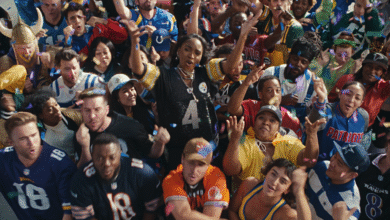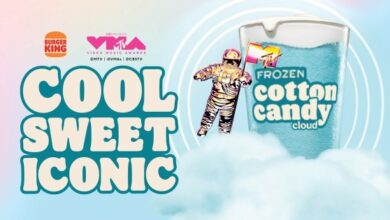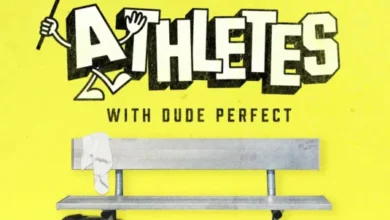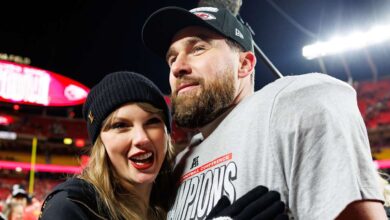After latest FS1 shakeup, there are almost no sports TV shows left
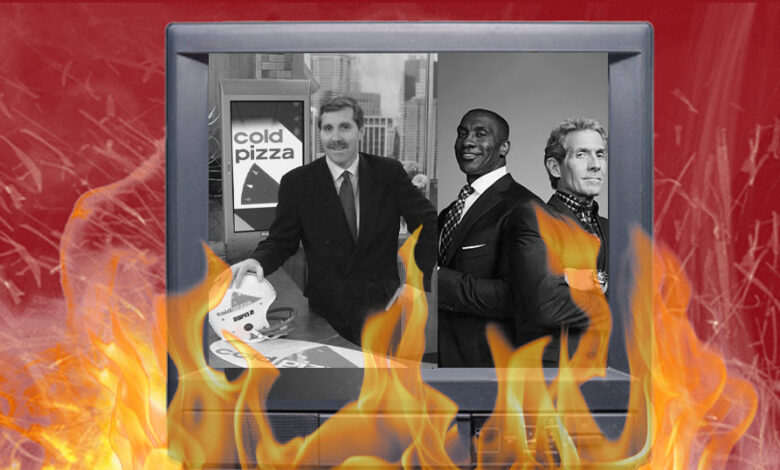
This is what the end of sports television looks like.
Millions of Americans still tune into live sports broadcasts each year. The big media conglomerates still pour billions of dollars into their sports arms. And there is no shortage of content for fans to consume whenever they want it.
The end of sports TV is here because the end of TV is here. Television production companies are spinning off the fossilized channels that used to be must-see, and cable companies are increasingly becoming homes for streaming bundles rather than old-fashioned packages. And after the latest shakeup at FS1, which saw the network replace three shows from its midday with a licensed live show from Barstool Sports and the extension of First Things First, there are desperately few daily sports programs on television heading into the meat of the 2025 sports calendar.
Depending on how you do the math, you could make a case that the number of daily sports studio shows is in the single digits today.
On FS1, all that’s left are the coming Barstool show, The Herd and FTF. And while The Herd pulls solid television viewership and dominates with clips online, it is a radio simulcast. As recently as March 2020 when COVID-19 shut down all of sports and audiences turned to the internet for live content, we could have counted Undisputed, NASCAR Race Hub and the starry gambling show Lock It In in that lineup.
Despite ESPN’s continued status as the Worldwide Leader relative to its competition, their lineup has dwindled just as much. The cancelation of Max Kellerman’s This Just In and Around the Horn over the past two years made a mark. All they have left are Get Up, First Take, NFL Live, NBA Today, College Football Live and Pardon the Interruption. Maybe you count The Pat McAfee Show, but you can get that on YouTube. It is, structurally and temperamentally, a podcast. SportsCenter still fills a ton of time on ESPN, but its relevance waned long ago, when Twitter and Instagram and YouTube took over.
Rewind five to 10 years and it’s a stark reduction. Remember Highly Questionable, High Noon or Outside the Lines? How about, and bear with me as we enter the wayback machine, The Sports Reporters or Cold Pizza or Jim Rome Is Burning?
Across the television multiverse, NBC Sports is dead (for now) and CBS Sports Network isn’t in many homes compared to its competitors. The same can be said for the programming on league-owned networks like NFL Network and MLB Network, despite the high quality of those shows. We even had to say goodbye to Inside the NBA in its traditional form, while other game-adjacent programs like Baseball Tonight have been gutted for parts. Coming out of the pandemic, HBO was still airing Real Sports, On the Record with Bob Costas, and Bomani Jones’ Game Theory. They’re all gone, just like that. Recent experiments from Jemele Hill and Jason Kelce came and went. If keeping a TV show on air is hard, creating a new one that breaks through right now feels close to impossible. Streaming services offer new experiments like PFT Live or Vibe Check or We Need To Talk, but the vast majority of sports fans likely don’t know these shows exist.
If you need further proof that a modern sports content company can’t justify an expensive, old-fashioned studio show, take Prime Video. When it first got sports rights with its Thursday Night Football package in 2021, it launched the Sports Talk channel in partnership with Embassy Row. The project was to be Amazon’s answer to ESPN or FS1. The mega-corporation hired recognizable hosts like Cari Champion, Master Tesfatsion and Ben Lyons to anchor a lineup of a half-dozen or so shows to promote Prime Video as a sports destination. Amazon shuttered the network after 10 months.
In the halcyon days of cable television, the total number of people spending their free time flipping channels made it incredibly lucrative to fund tons of programming. These days, people only really tune in for games. So that is what networks spend money on.
In truth, if we got to peak at the balance sheets for individual shows on ESPN or FS1, even the biggest shows may not make money. But rather than let all the airtime from midnight to primetime deteriorate, these studio shows exist to give the shrinking pool of cable customers something to watch.
They also, crucially, exist to entertain. And if you believe like I do that they also exist to artfully bring fans together and celebrate sports, that is where this trend goes from novelty to potentially troubling.
Podcasts have filled much of this void. From The Ringer to The Volume to the basement of the guy in your city who bought a Shure mic and knows how to use Adobe, great hosts are pumping out great content everywhere. Podcasting allows for instant reaction, longform breakdown, and revealing conversations. Most expect the lines to continue to blur between this form of content and the form that I am mourning here. Perhaps the companies that air sports will merge with the companies that are better prepared to cover it for 2025 audiences, like ESPN with McAfee and FS1 with Barstool, until we have recreated the killer sports studio lineups of cable yore.
Until then, we will watch in real time the bleedout of daytime sports television shows as well as the production value, staffing and research that goes into them. They aren’t always better products from a content standpoint, but they sure as hell look and sound better to watch. There is a reason the distinction between TV and radio and podcasting used to exist. They were understood to be different mediums. We knew what we were getting.
Now, the better-produced stuff is harder to find and a worse fit with our modern content consumption diets. We’re stuck in this purgatory.
Source link

